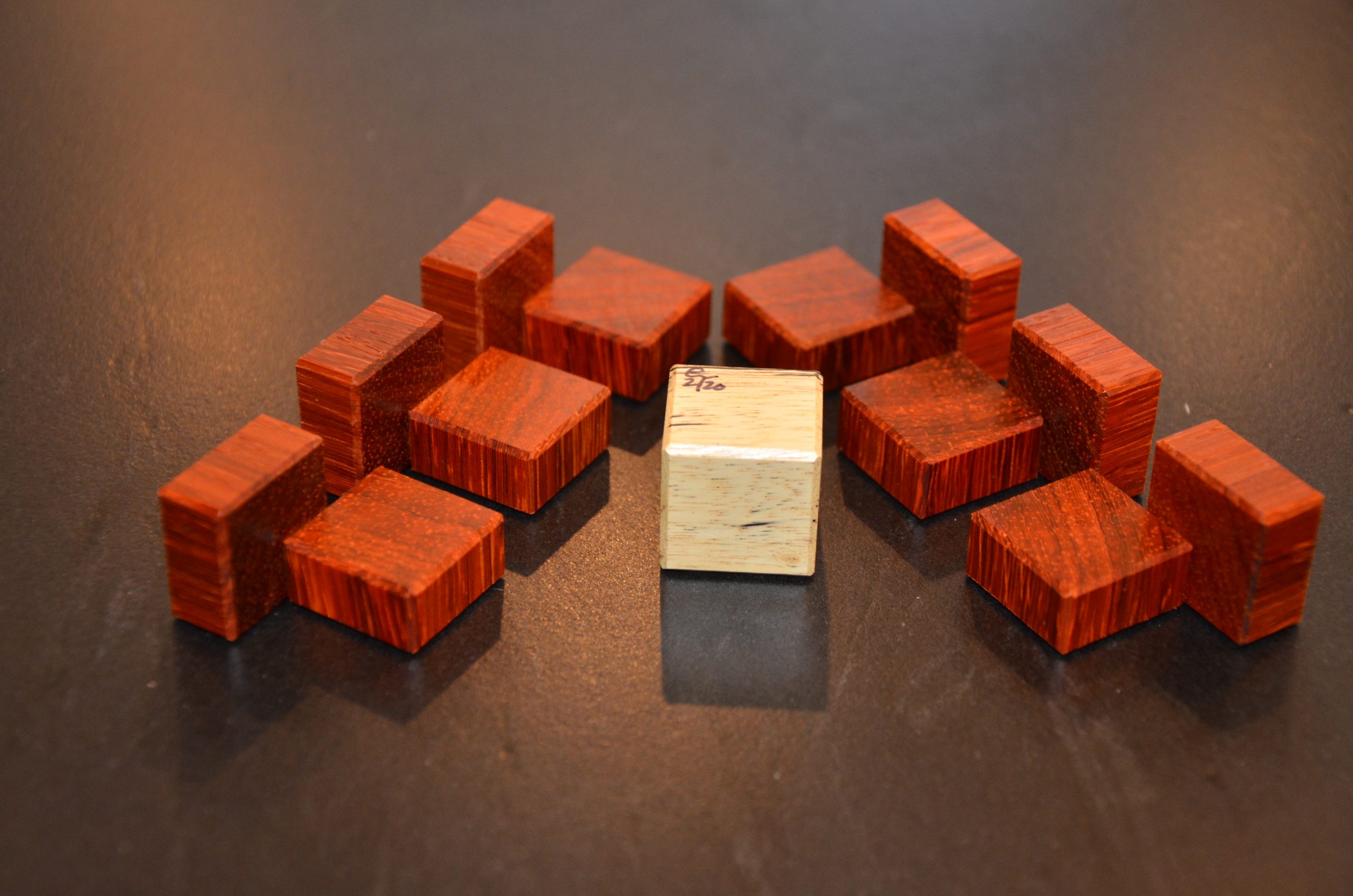Puzzles
-
Read More: SOMA-FLOP – Dr. Volker LatussekI love me some DVL puzzles. Some of the best moments I’ve had puzzling were…
-
Read More: Grooved 6 Board Burr #3 – Junichi YananoseOh boy, this one is going to be tough. I’ve been manipulating it for a…
-
Read More: Sloot 3 – Alfons EyckmansAh, Sloot 3, a November 2019 release from Cubicdissection.com that didn’t seem to garner much…
-
Read More: Pinned Framed Burr S – Junichi YananoseWoot! Another Juno puzzle from Pluredro.com! I don’t buy a lot of puzzles from Pluredro,…
-
Read More: PUMPKIN 1 – Osanori YamamotoYa know, when Covid first hit I was kind of excited because I thought I…
-
Read More: Surround – Kohno IchiroI’m back in the puzzling groove and this week, I’ve got Surround designed by Kohno…
-
Read More: Spheres – Stephan BaumeggerSpheres arrive yesterday and I’m just now sitting down to play with it. My first…
-
Read More: Small Box One – “Window Box” – Eric FullerEric decided to do a series of small puzzle boxes, and I for one, am…
-
Read More: Harun Packing Puzzle – Dr. Volker LatussekI try to be inspired before writing a blog post. I find that I write…
-
Read More: ODD Packing Puzzle – Hirokazu IWASAWAToday I have ODD packing puzzle. The name comes from the shape of the pieces…









